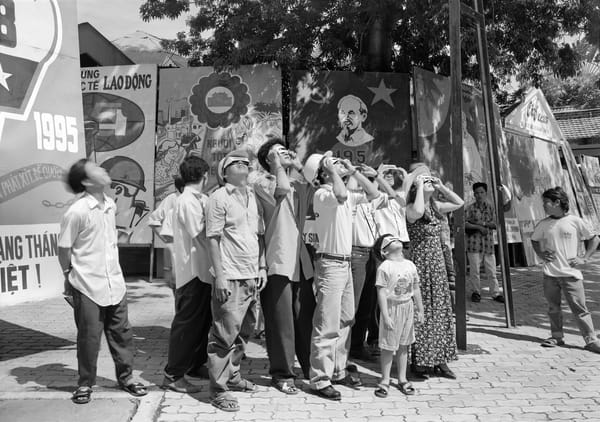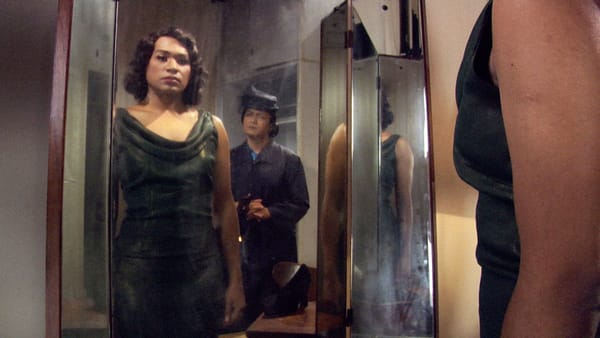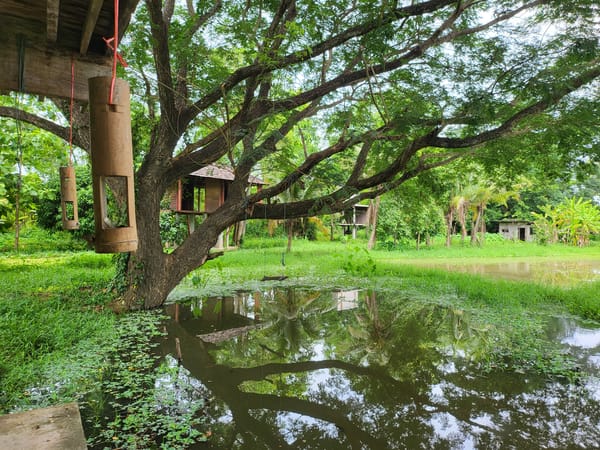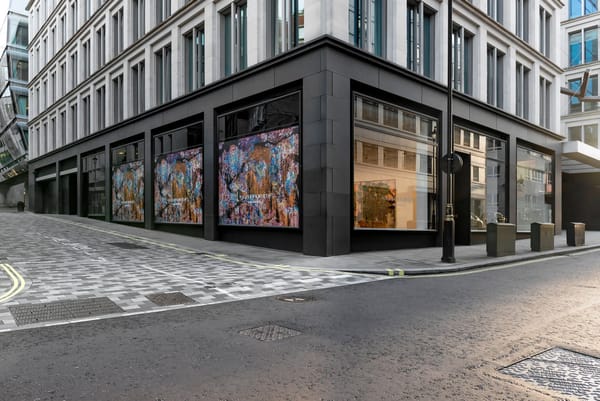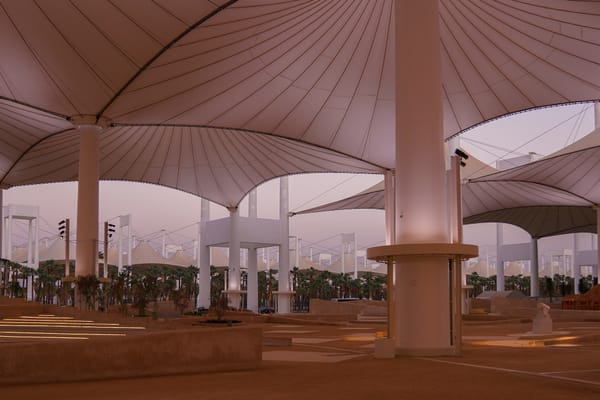Issue
Editor’s Letter: World Making
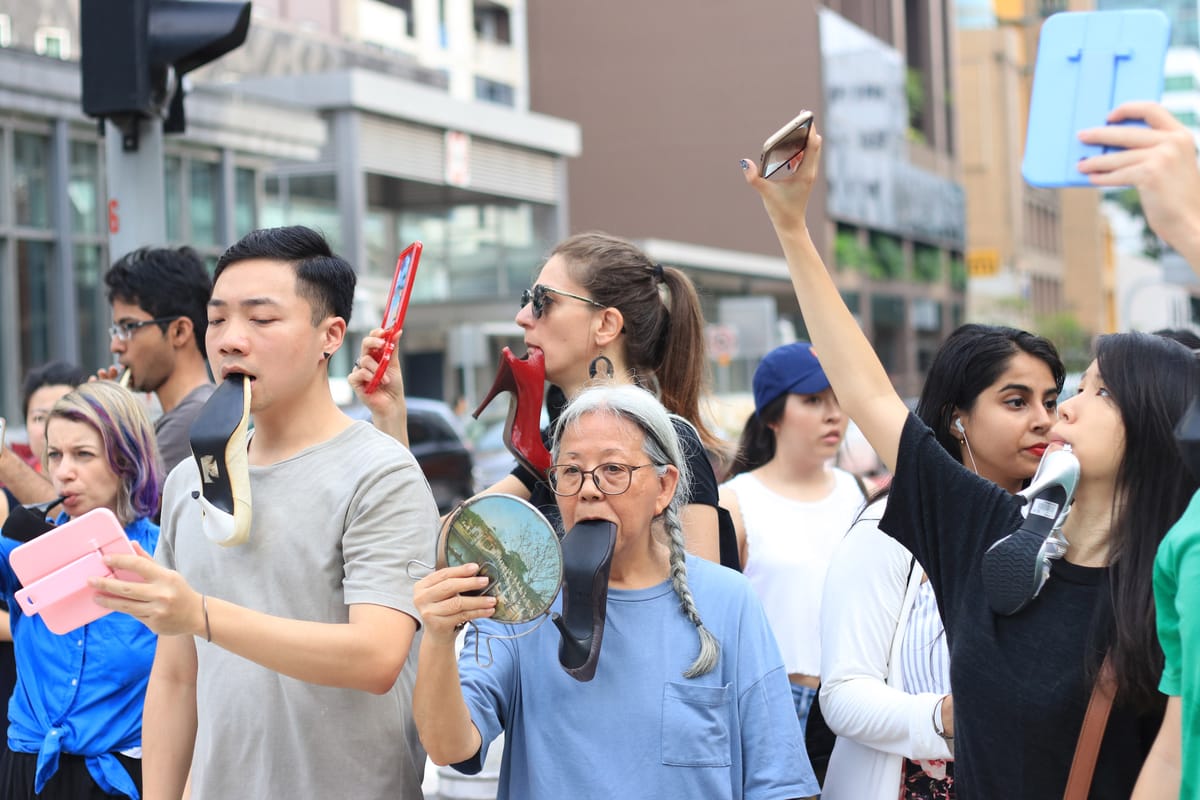
This issue of ArtAsiaPacific turns a deliberate gaze toward Southeast Asia—not as a fixed category but as a living, breathing constellation of practices, histories, and critical demands. Drawing from the region’s rich legacy, this edition invites us to consider how artists, curators, and institutions are forging new paths amid the flux of globalization, identity, and place.
We begin with Amanda Heng’s invitation to the public to walk with her, and whose practice is discussed in Patrick Flores’s manifesto “To Curate a Region.” His proposal is more than a call for contextual sensitivity—it is a blueprint for a curatorial ethics grounded in respect for local knowledge, political complexity, and the active negotiation of difference. Flores invokes Salud Algabre, the Filipina revolutionary dressmaker whose Sakdalista uprising in the 1930s reminds us that no step toward liberation is wasted. Through the lens of practitioners such as Heng, Redza Piyadasa, and Fernando Zóbel, Flores proposes the concept of “geopoetics” which, he explains, “is not marked as a binary of opposites of geopolitics, but rather another mode of understanding how the world plays out beyond the ideological theater.”
Our second Feature by Sophia Powers looks at the evocative works of An-My Lê, whose photographs traverse contested terrains, weaving the landscapes of Vietnam and beyond into narratives of memory and migration. On the eve of unveiling a new body of work as the 2025 High Desert Test Sites Fellow at A-Z West, founded by Andrea Zittel in California’s Mojave Desert, Powers takes us through Lê’s 30-year career. Aiming her lens at the quiet aftermaths of conflict, Lê’s oeuvre reminds us how the land and even celestial night skies bear witness to human stories of trauma and reconciliation.
In Up Close, AAP editors expand this conversation by spotlighting Thảo Nguyên Phan’s ongoing installation project Forêt, Femme, Folie (2024– ), shown at Palais de Tokyo in Paris, which incorporates French missionary Jacque Dournes’s ethnographic documentation with the artist’s reinterpretations in watercolor. We also look at recent artworks unveiled in Hong Kong: Hu Xiaoyuan’s Carpel III (2025), a new sculpture made of marble, rosewood, and raw silk, exploring the cycles of life, which was exhibited at David Zwirner; and Pan Daijing’s Bent (2025), a site-specific installation examining bodily presence and emotionality, which is shortlisted for the M+ museum’s Sigg Prize this year.
For Inside Burger Collection, Stuart Horodner writes a compelling essay on the transformative work of Jack Whitten, whose recent landmark exhibition at the Museum of Modern Art in New York signified a pivotal moment in recognizing his profound contribution to contemporary art. Whitten’s practice was marked by innovative techniques and a thoughtful engagement with history, memory, and abstraction, which Horodner describes as the artist’s “increasing freedom to use anything to align object matter with subject matter, which is less an issue of illustration and more a sense of conjuring.”
In Profiles, AAP associate editor Louis Lu met up with Ayoung Kim as she premiered her M+ facade commission to discuss her technology-driven practice and latest projects. AAP also traveled to Bangkok to speak with Miwako Tezuka, the inaugural director of Thailand’s long-awaited, highly ambitious private museum, Dib Bangkok, which is set to open in late December.
Also in this issue, Valerie Nikolay pens a Dispatch from her hometown Chiang Mai, reflecting on its low-key vibe, attracting artists and curators from across Thailand and abroad—including Kurdish artist Rushdi Anwar and his partner, Australian curator Zoe Butt. In Essays, AAP’s Kuala Lumpur desk editor Beverly Yong reflects on the work of ILHAM Art Gallery in the Malaysian capital and its role in nurturing contemporary art in the country, demonstrating how an institution can be a site of knowledge production as well as a space for resistance.
As new art festivals pop up all over the globe, Béatrice Grenier considers how the Islamic Arts Biennale in Jeddah went beyond mounting a show of the latest, off-the-shelf art, opting instead to pull apart and reassemble an established canon, which invited visitors to imagine alternative ways of seeing. Similarly, our long-form review by Kelly Ma considers the history of porcelain fever in the Metropolitan Museum of Art’s recent exhibition, “Monstrous Beauty.” For Where I Work, curator Tiffany Leung visited Mella Jaarsma’s airy studio in Yogyakarta, ahead of the Dutch-born artist’s solo exhibition at Kunsthal KAdE in the Netherlands. Finally, for One on One, Yu Cheng-Ta reminisces about stumbling into Ming Wong’s Singapore Pavilion at the 2009 Venice Biennale, “Life of Imitation,” which is based on Douglas Sirk’s 1959 film Imitation of Life. He recalled, “Wong’s reinterpretation transposed that drama into Singapore’s multi-ethnic context, exposing an even more entangled cultural condition.”
Ultimately, this issue is an invitation to embrace complexity, to move beyond reductionist frameworks, and to listen closely to the vital, nuanced voices shaping contemporary art today. These voices that compel us to rethink what art can be, and how it can exist in the world. As Flores and Heng remind us, every intentional act is a step in the right direction.



